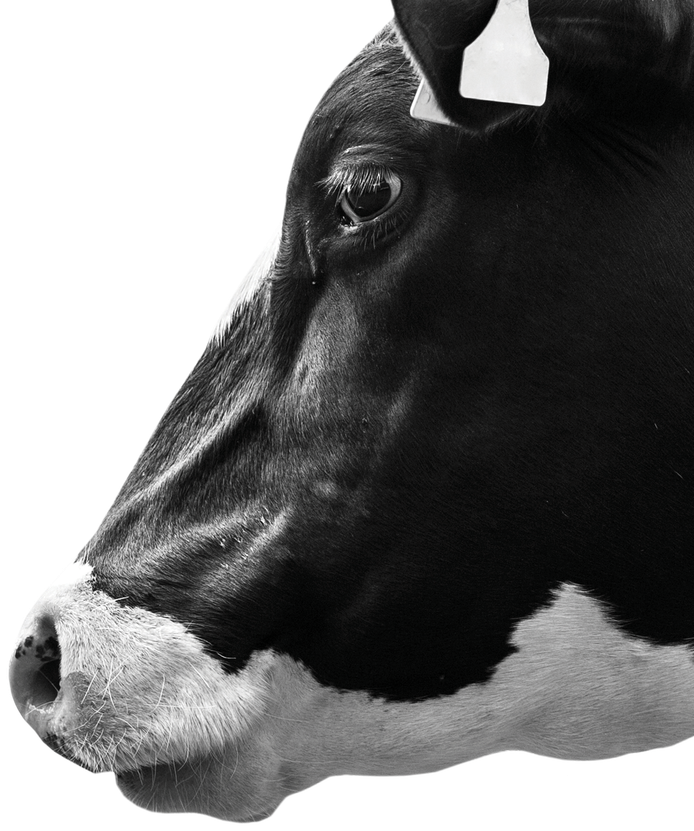Unrivalled precision to support breeding decisions
Genomic testing has ‘come up with the goods’ and earned its place on this high-performance dairy unit. We find out more about how they’re using the tool to support breeding decisions and speed up rates of genetic gain.
Steve Crimp farms his 170 cow autumn calving Holstein herd, plus followers, with his parents Chris and Linda near Kingsbridge, Devon. “Genomics makes a lot of sense,” says Steve. He’s the fifth generation to commit to the family’s pedigree dairy herd and he’s keen to continue its progress.
The Crimps dipped their toes into genomic testing in 2017, and they now have two genomically-tested generations in milk.
The average PLI for heifers is £537 – £192 higher than the average PLI of £345 for their first-lactation cows. Second-lactation cows average £268. This rate of increase between consecutive genomically-tested generations is double that seen in previous generations.
Improved accuracy
“Rate of improvement is faster, and also the range within each group is getting tighter,” adds Chris, who believes the performance of heifers reflects the improved accuracy of data they now use to make breeding decisions.
Based upon previous herd-performance data, each £100 increase in PLI has the potential to generate £588 in extra milk by the end of lactation three, using current milk prices. This means that the current heifer crop will have the potential to generate £1,128 per cow more than the first-lactation cows, by the end of their third lactation.
The Crimps use NMR’s GeneEze genomic testing service and test heifers at six months old, before turnout, and in plenty of time to get the results and make breeding choices before first service.
“We look at our genomic test results on the AHDB Herd Genetic report and rank heifers on the autumn-calving index,” says Steve.
“This index weights the ranking in line with our breeding goals, particularly fertility, but also lifespan and milk solids, without compromising yield.”
Each year the Crimps look to breed between 50 and 60 heifers from the top 40% of eligible animals including bulling heifers. “We’ll use sexed semen on our best 90 to 100 animals, which comprises our top-ranked cows and best heifers. We rear a few extra heifers to make sure we’ve enough replacements in case of TB losses.”
In a bTB-free world, they’d sell surplus heifers each year, and they did manage to do this in 2022. Cows and heifers that fail to make the cut are bred to an Angus bull.
Herd performance
The family has no doubt that using genomics has improved the physical performance of cows and boosted fat and protein production. The herd averages 10,000 litres of milk, at 4.3% fat and 3.3% protein, with 45% of this milk produced from home-grown forage.
“It’s hard to pin an actual value on the contribution made by genomics because we’ve made other management changes during the past few years,” says Chris.
“We’ve switched to autumn calving to suit our light, free- draining land. And our choice of sires, which we select ourselves to avoid any ‘sales’ bias, has a big impact. “Again, we set similar breeding goals – kilogrammes of solids, fertility and lifespan – but we keep an eye on size and avoid breeding large cows.
“In 2020 we used top-ranking sire Genosource Captain and I am sure he had a significant impact on the increased rate of genetic progress that we’ve seen in the genomic reports.”
Chris and Steve are committed to genomic testing due to its accuracy. “Genomic testing offers 60% accuracy, compared with 30% from parent averages. We have a far more accurate and reliable data set to work with for each heifer.”
This article first appeared in the April 2023 issue of Cow Management
